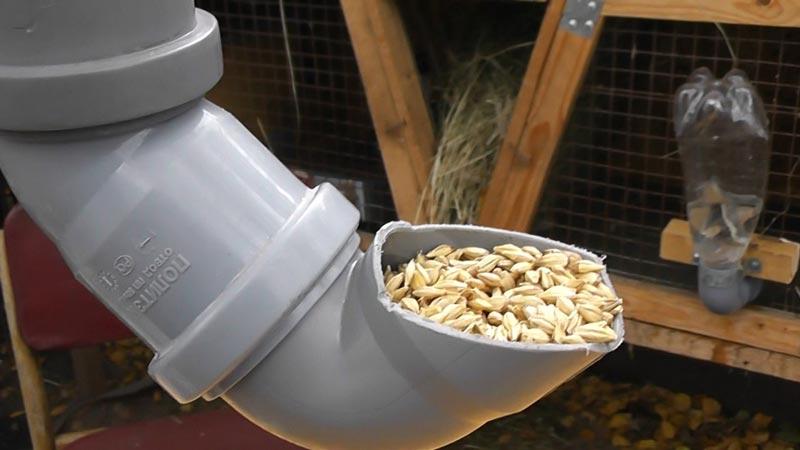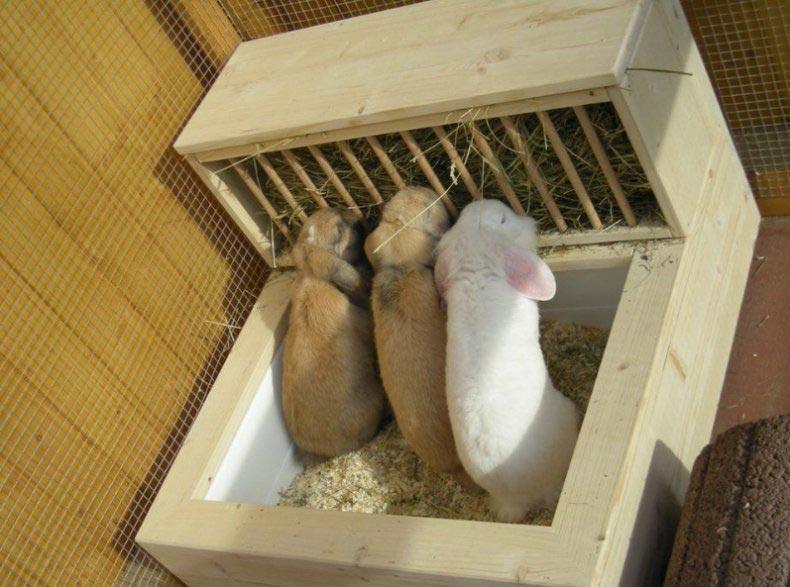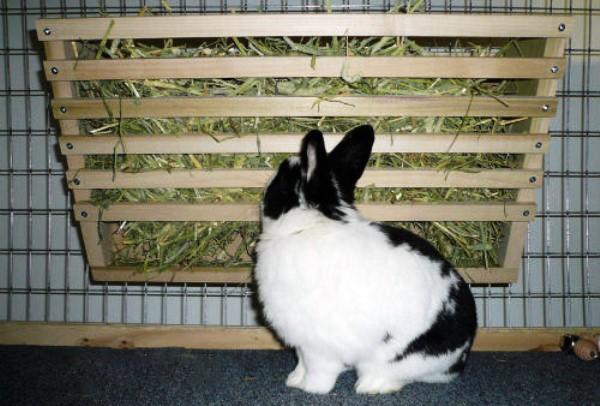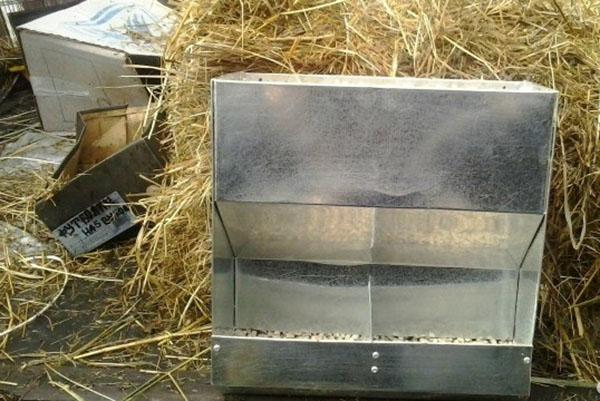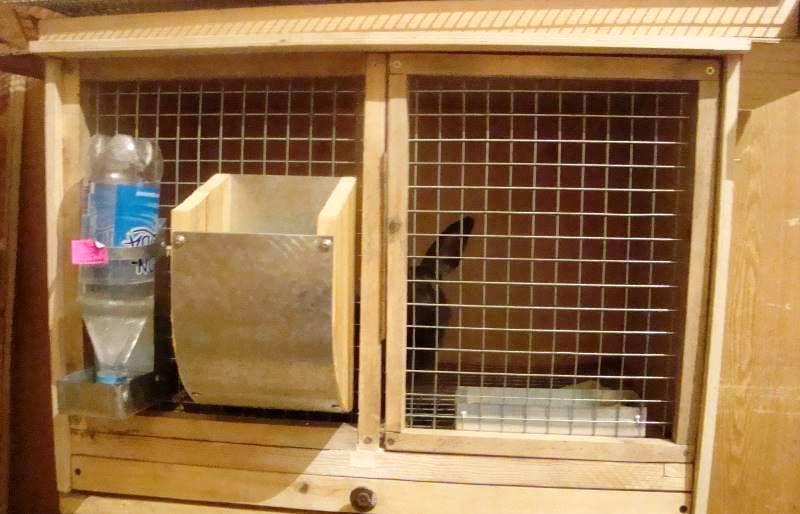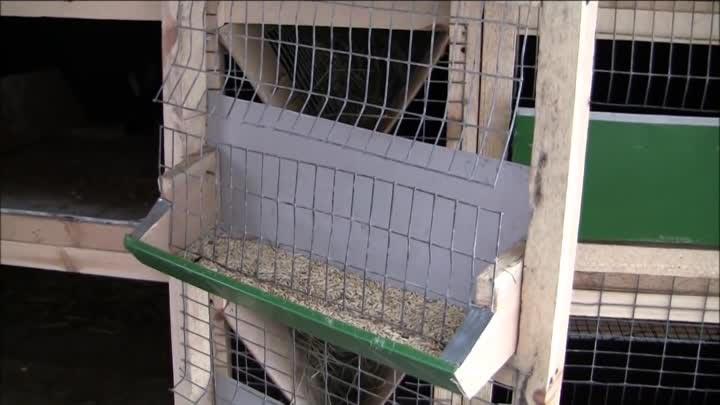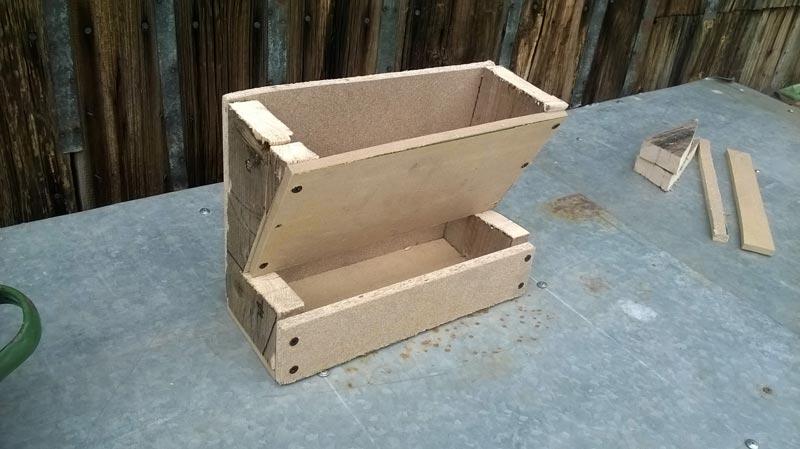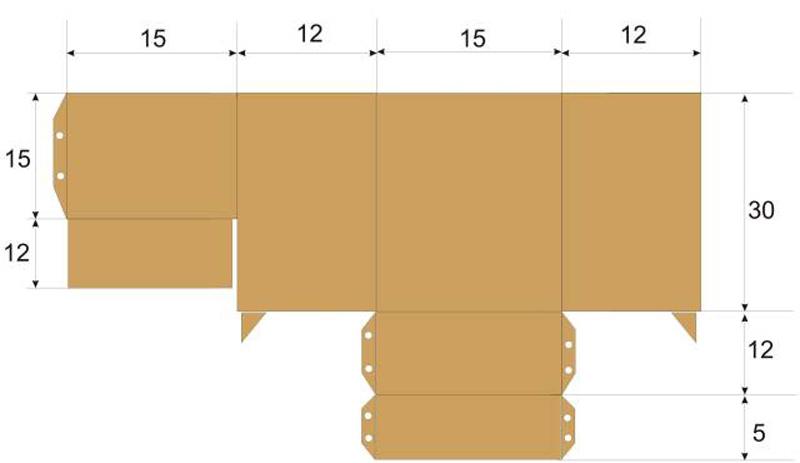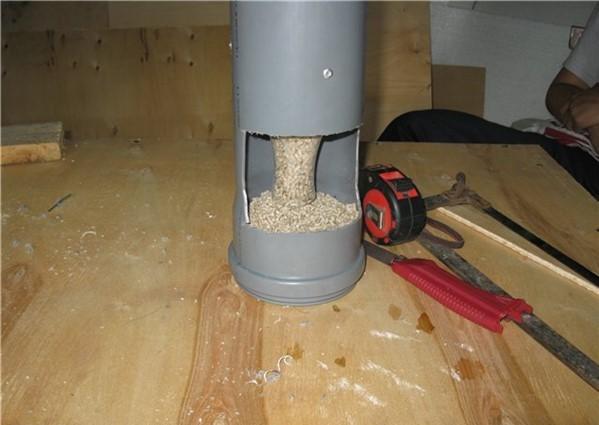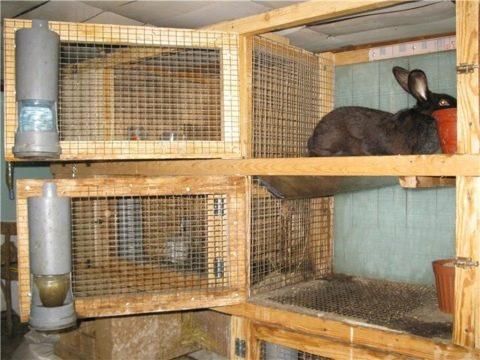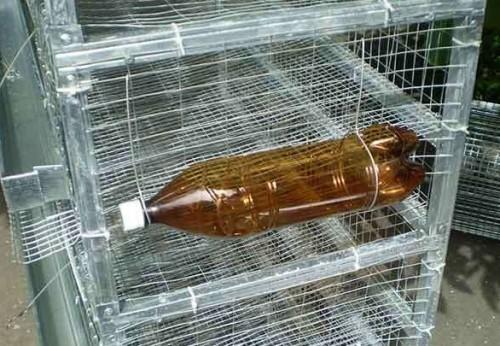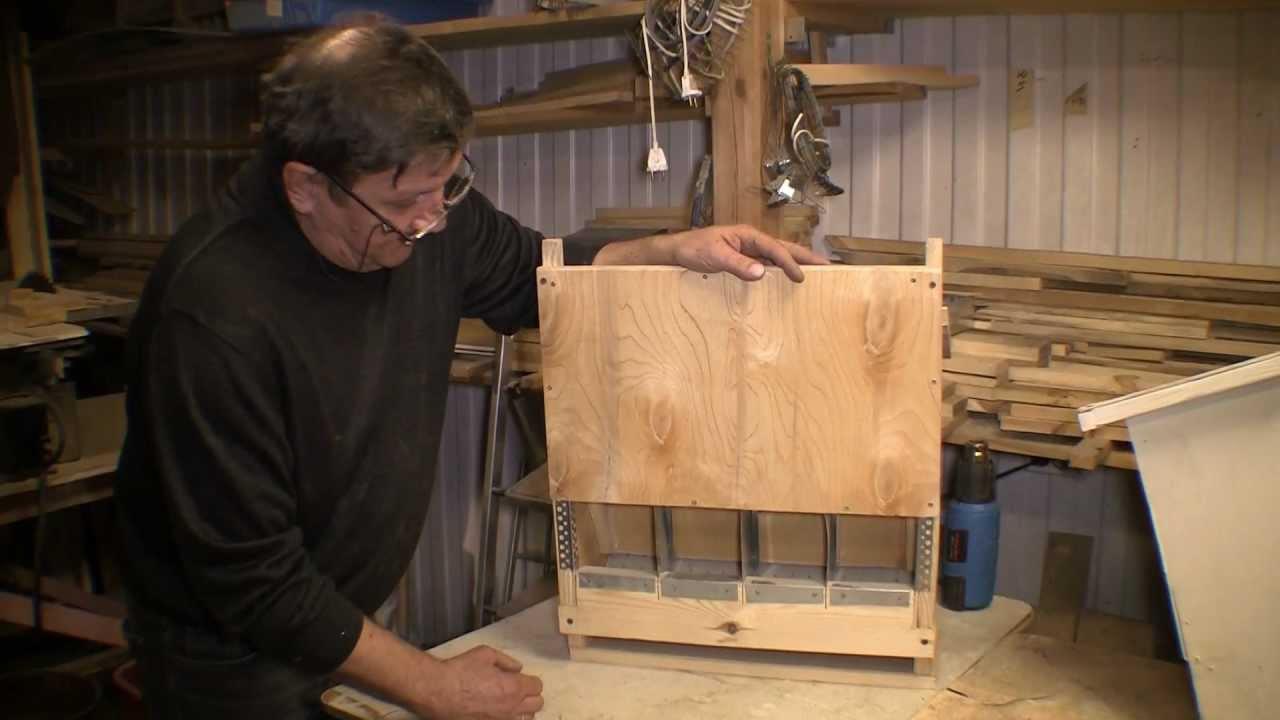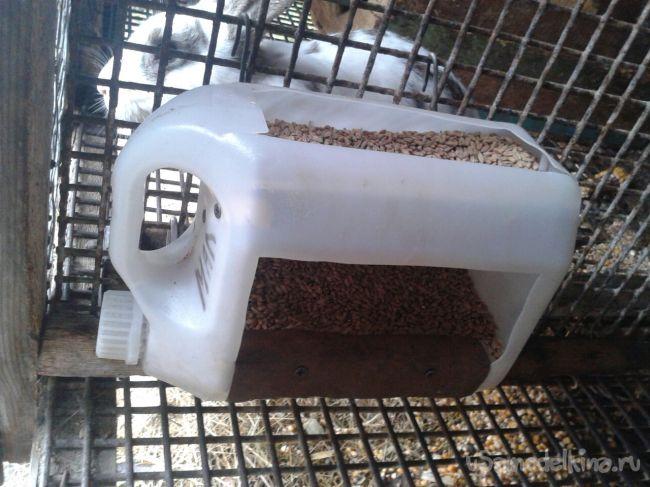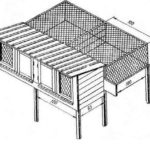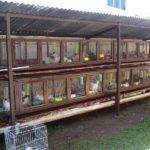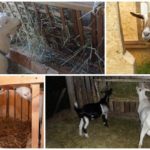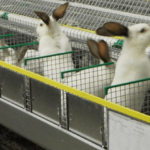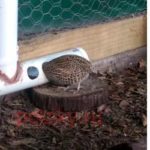Depending on the design, there are several types of rabbit feeders. The differences between these products mainly come down to the features of serving food for animals. However, each feeder must meet a number of requirements, without which it is impossible to provide suitable living conditions for rabbits. But, despite this, you can make such structures with your own hands.
- Requirements for feeders
- Main types of structures
- Nurseries
- In the form of a gutter
- Bunker
- In the form of cups
- What tools and materials are needed for DIY production?
- Dimensions and drawings
- Step-by-step production
- From pipes
- From a building profile
- From a plastic bottle
- From plywood
- From a canister
- Recommendations from professionals
Requirements for feeders
Regardless of the type of design, each rabbit feeder must meet the following requirements:
- convenient design that simplifies both feeding and adding feed;
- sizes must correspond to the daily feed intake;
- the material from which the feeders are made must be durable, since rabbits tend to chew on objects;
- the feeder must be attached to a solid surface;
- no sharp corners.
The material for rabbit feeders should be neutral. That is, if they enter the body, the particles should not cause intoxication or other consequences.
You should also consider how many animals the product is designed for. If the feeder is made for several rabbits, then it is important that such a device provides access to all pets, but at the same time withstands increased loads and does not tip over.
Main types of structures
Rabbit feeders are divided into several types depending on the type of design and material of manufacture.
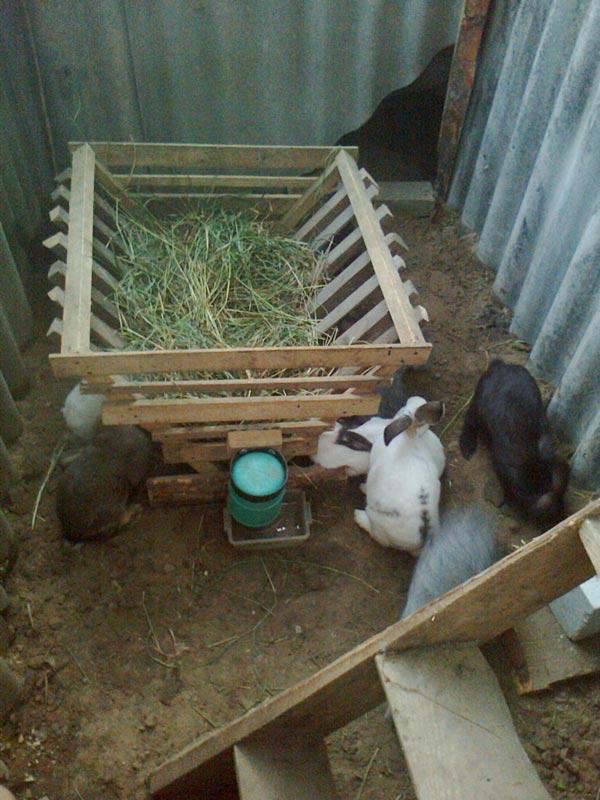


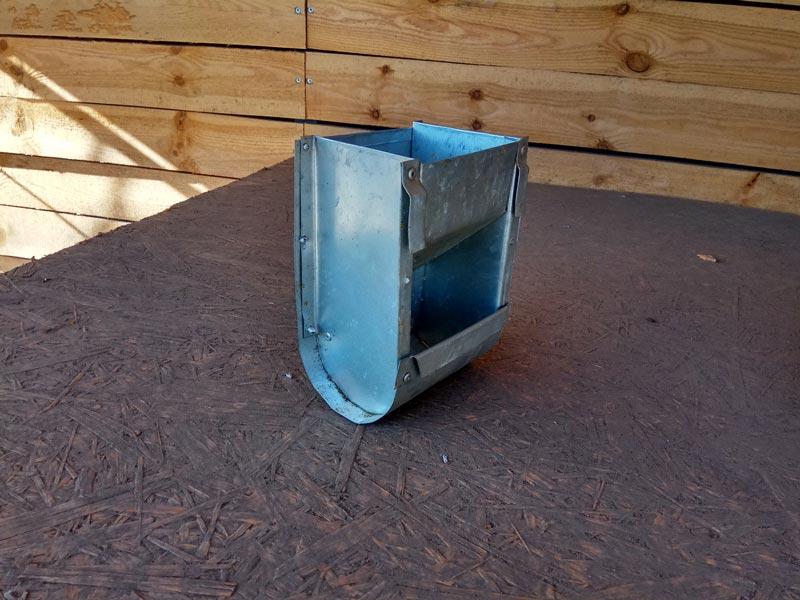
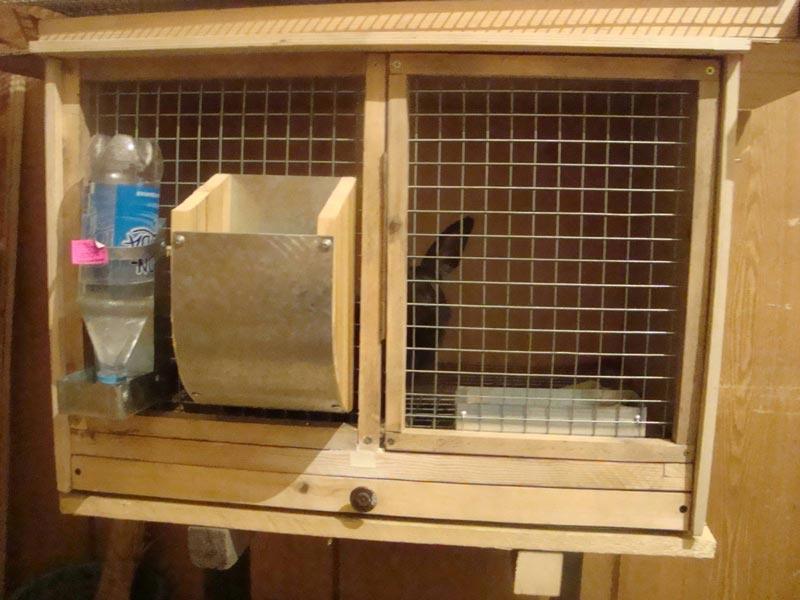
Nurseries
This type of rabbit feeding device is better known as a hay box. The latter is used mainly for feeding hay or grass. These devices are attached directly to the cage, thereby providing constant access to food. In some cases, the senniks are attached directly to the door. This option makes cleaning the feeder easier. However, if the cage is used to keep young animals, this type of fastening cannot be used.
In the form of a gutter
Gutter structures are used in cases where several rabbits are kept in one cage. Such devices are universal, as they allow you to serve different types of food: grass, hay, mixed feed and root vegetables. These designs are easy to maintain.
Bunker
Bunker structures are used to supply grain and granulated feed. The name of this device comes from the fact that a container is attached to the top into which food is poured. This design is also convenient to use, as it allows you to put in as much food at a time as the rabbits consume over several days. For the manufacture of bunker feeders, galvanized steel is often used.
In the form of cups
Least common option. Cups are convenient for serving root vegetables. But due to the design features, such feeders are not used for constant food supply. Cups must be constantly removed from the cage for washing. And rabbits often turn these feeders over, spilling food.
What tools and materials are needed for DIY production?
Materials and tools are selected taking into account the selected type of construction. Depending on this, you may need:
- sheets of galvanized steel or plywood;
- wooden boards;
- plexiglass;
- slate;
- plastic or other materials.
In addition to the above materials, it is recommended to prepare iron rods and wire. Additionally, you will need tools such as a hacksaw (for metal or wood), a hammer, nails (screws) and so on.
Dimensions and drawings
The sizes of cages and feeders are selected taking into account the characteristics of rabbits. That is, you need to take into account the size and norm of food consumption of a particular breed. Also, when selecting sizes, you need to decide on the number of animals that will have access to the feeder.

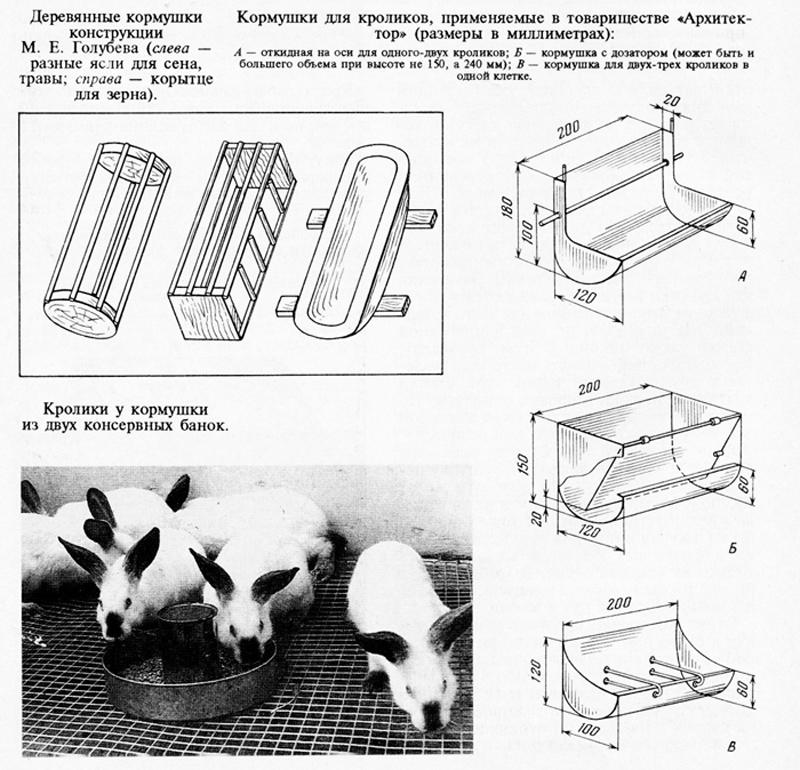
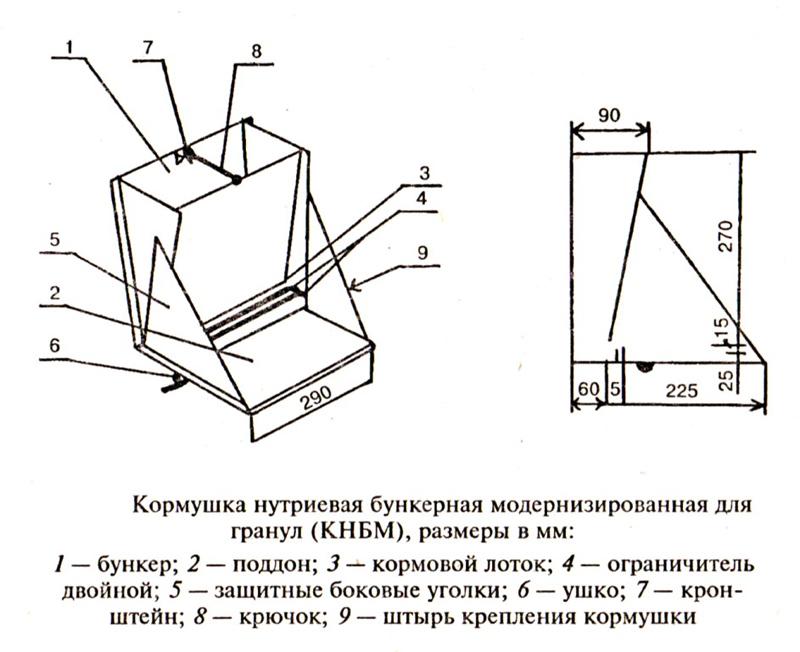
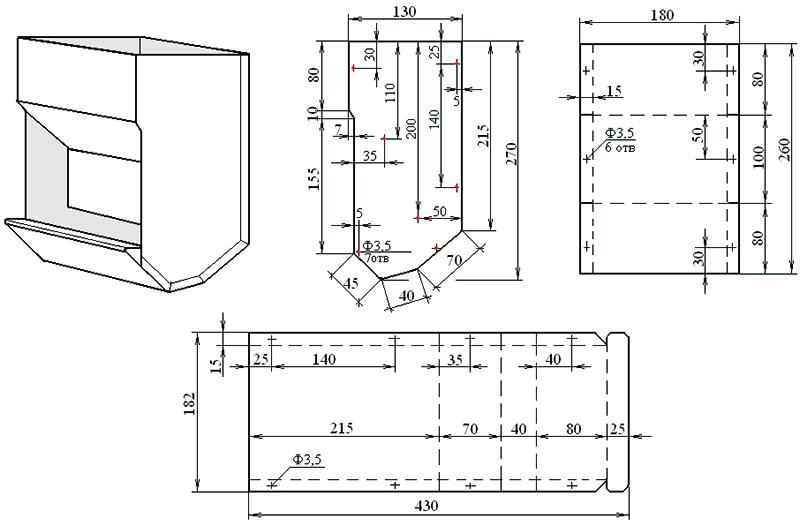
Step-by-step production
As stated above, there are several types of feeder designs.Therefore, the procedure for manufacturing a device for serving food changes taking into account this parameter.
From pipes
To make a feeder with your own hands, sewer pipes are often used. To create such a design, you will need:
- Cut a 30 cm piece from the pipe.
- At a distance of 13 centimeters, draw 2 lines on this part.
- Moving from the edge, cut off 14 centimeters on each side, leaving 2 centimeters in the center.
- Cut off the remaining pieces of pipe. This will create a gutter with a 2-centimeter jumper in the middle.
- Heat with a hair dryer and straighten the cut pieces.
- From the resulting plastic sheets, use scissors to cut parts that can be used to cover the sides of the pipe.
At the end of the work, the plastic must be sanded with sandpaper. Next, using a glue gun, you need to attach the cut pieces to the ends and make holes in the gutter for the wire, through which the structure will be attached to the cage.
From a building profile
To make a rabbit feeder you will need:
- Make 2 oblique cuts in a building profile with a cross-section of 100x40 millimeters and a length of 1.2 meters at a distance of 30 centimeters from the edges.
- Bend one part of the profile and secure the “run” parts with rivets.
- At a distance of 40 centimeters from the bent part, make 2 perpendicular cuts.
- Fold the workpiece on the other side, also securing the sides with rivets.
From the second profile you need to make a bunker. To do this, it is necessary to fasten (weld) several sections so that the side walls are directed downward. The end result should be a box. This hopper must be secured at an angle to the manufactured feeder.
From a plastic bottle
This feeder is only suitable for grain. To make such a device, just take one 5-liter bottle and cut it into 2 parts. The bottom piece then needs to be secured to the cage wall. You can also cut the bottle lengthwise, thereby creating a grooved feeder.
From plywood
Homemade bunker-type feeders are made from plywood. To create such a design you need:
- Cut several pieces of plywood.
- Connect these parts so that you get a small trough with low sides.
- Attach long pieces of cut plywood to the sides.
- Cut out the front and back walls of the feeder and attach to the rest of the structure.
- Secure the hinged door at the top.
Finally, it is recommended to sand all sharp corners with sandpaper. In a similar way, you can make a hay box at home.
But in this case there is no need to make a trough, but instead of the front wall it is necessary to install a wooden grate that will hold the grass.
From a canister
This option is suitable for beginners. In this case, you do not need to build a feeder, but cut such a device from a plastic canister. To do this you will need:
- Cut a hole on top for feeding food and on the side for access to food.
- Attach a block to the bottom of the hole that will hold the food.
- Secure smaller bars inside on the side walls.
- Attach a sheet of plywood to the side bars at an angle, which will allow you to dose the feed.
It is recommended to cover the bottom bar with a sheet of tin to prevent rabbits from gnawing this limiter.
Recommendations from professionals
When making feeders, it is recommended to give preference to those models that are easy to clean and do not create problems when filling with food.It should also be taken into account that each rabbit is allocated a food reservoir with a length of at least 40 millimeters. Such structures must be placed in a place convenient for animals.

